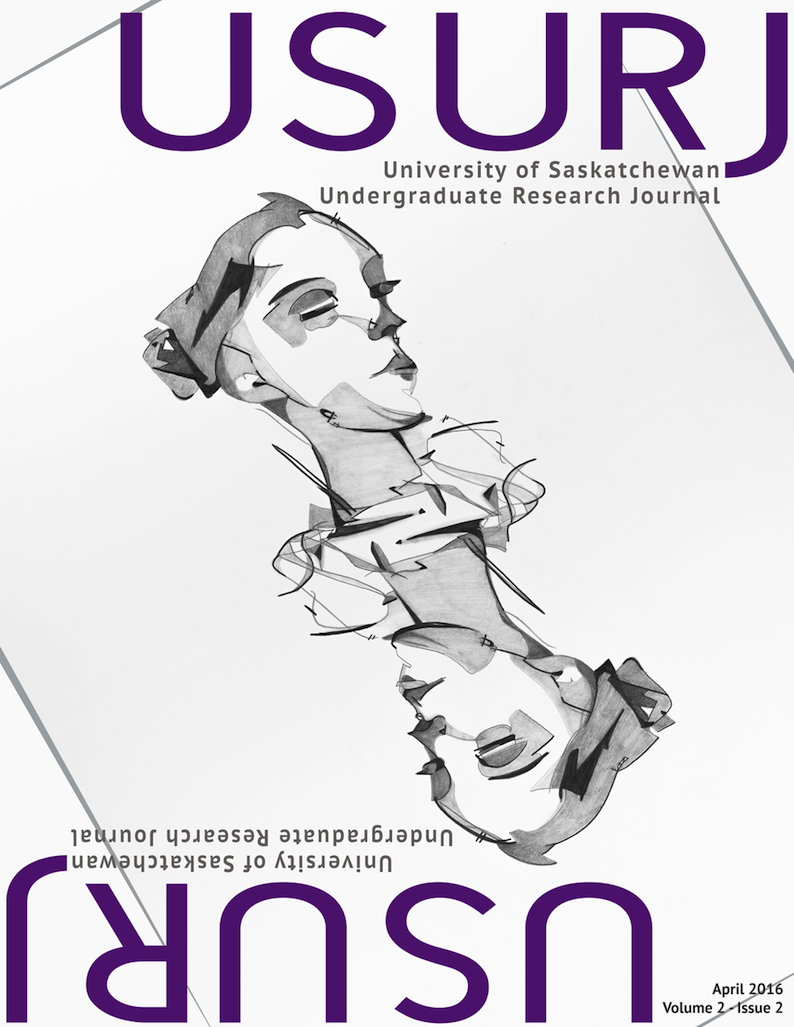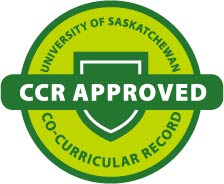The Effectiveness of Saskatoon's Bicycle Boulevard
DOI:
https://doi.org/10.32396/usurj.v2i2.158Keywords:
bicycle boulevard, active transportation, City of Saskatoon, NACTO, urban transportation, urban planningAbstract
Saskatoon, like many cities, is attempting to diversify the transportation options available to its citizens and take advantage of the benefits that urban cycling provides through an increased investment in bicycle infrastructure. The recent development of a bicycle boulevard, a street that gives priority to cyclists over motor traffic, is an example of Saskatoon’s shift. This study examines the effectiveness of Saskatoon’s bicycle boulevard by taking an inventory of bicycle infrastructure on this route, measuring demographic information of boulevard users, performing traffic counts, and conducting intercept surveys of boulevard users. This data was analyzed through the lens of National Association of City Transportation Officials (NACTO) boulevard design standards. The data gathered from these methods indicates that Saskatoon’s boulevard is successful in some areas and needing improvement in others. While the boulevard appears to be successfully address design considerations relating to signage/pavement markings, route planning, and traffic speeds, the City has been less successful in managing traffic volumes and dealing with areas where cyclists must compete with motorists for road space. This study recommends that Saskatoon install motorist volume control measures at key areas of perceived danger throughout the boulevard to increase its effectiveness. Repaving the street and tackling perceptions of crime in the area were additional recommendations based on the findings of this study.Acknowledgements
This project owes could not have happened without the guidance of Dr. Jill Gunn in the Department of Geography and Planning at the University of Saskatchewan. Her knowledge of field research techniques formed the basis of this report. Special thanks must also be extended to Sean Shaw of Saskatoon Cycles for introducing the author to the study site.
Downloads
Published
Issue
Section
License
Articles: USURJ’s current Publication Agreements apply a Creative Commons Attribution-NonCommercial License (CC-BY-NC) by default. The CC BY-NC license lets others remix, tweak, and build upon work non-commercially. The author(s) can choose a different CC license, as outlined in https://creativecommons.org/about/cclicenses/. Please see the PDF for each article to determine what license is applied to that article. Author(s) can also request to reserve all copyright (All Rights Reserved). If there is no indication for articles published before September 2020, assume the author retains all rights beyond those necessary for publication by USURJ. All articles published after September 2020 will apply one of the aforementioned CC licenses. See the Publication Agreement under the Submission Preparation Checklist or Author Guidelines for more information. Artwork: All copyright for the original artwork remains with the artist unless they wish to apply a Creative Commons (CC) license to the artwork. Please see the PDF for each artwork to determine what license is applied to that artwork.







